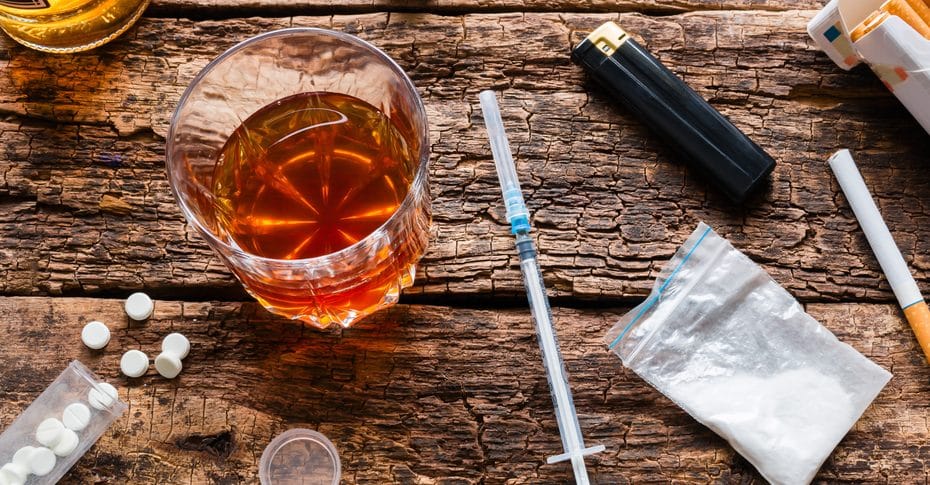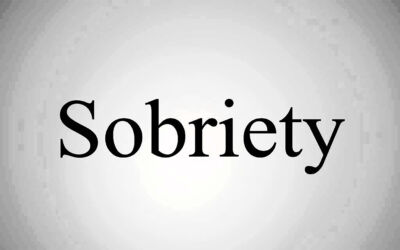Heroin and alcohol are both central nervous system depressants, meaning they both work to produce calm feelings of relaxation and euphoria. While both substances help the body achieve such feelings by working on the feel-good chemical production in the brain, each substance works a bit differently from the other.
What Happens When Heroin and Alcohol Are Mixed?
Heroin, an opioid, works mainly by binding to opioid receptors in the brain and disrupting the natural flow of chemical production and communication.
Alcohol works by affecting the release of the chemical messenger (neurotransmitter) gamma aminobutyric acid (GABA), increasing its effects, while also decreasing effects of “excitatory” chemicals. This is what causes calm and relaxation.
Combining heroin and alcohol causes these effects to amplify and also affects the production and release of other chemicals in the brain, such as dopamine.
Since the effects of alcohol and heroin are similar, but each of the drugs works differently on feel-good chemicals in the brain, side effects when combining the drugs are enhanced. Mixing heroin and alcohol can result in different effects and a wholly different experience than using each drug by itself.
Dangerous Side Effects of Mixing Heroin and Alcohol
There are many side effects of mixing heroin and side effects can vary according to how much alcohol and heroin a person is abusing, if the drugs are taken together or with time in between usage, and other factors.
In general, polydrug abuse, or abusing multiple substances at once, comes with many risks and possible consequences.
In fact, the majority of fatal drug overdoses are the result of more than one substance.
Abuse of two depressants, like alcohol and heroin, can cause an overlapping protection effect in the brain. This can lead to shut-down of the respiratory system and result in overdose.
There is also a degree of cross-tolerance which exists for individuals who are addicted to or dependent on a certain substance. If a person is addicted to alcohol, for example, and they take a substance which has similar effects, like heroin, they are less likely to feel its effects.
Not feeling the effects does not cancel out those effects, however. Instead, it can simply make the person less in tune to them, meaning they may take more heroin or drink more alcohol to get desired effects, increasing the risk of overdose.
Other dangerous side effects of mixing heroin and alcohol include:
- dangerously slowed breathing, heart, and blood pressure rates
- extreme balance and motor coordination troubles
- extremely slowed thoughts and lethargy
- loss of rational thoughts
- serious issues with attention and concentration
- severe problem-solving issues
- lowered emotional inhibition (can result in spontaneous decisions)
- significant increase in risk of overdose for either substance
- alcohol poisoning
- increase in negative emotional states, such as feelings of anxiety or depression
- increased risk of engaging in dangerous behaviors, like driving under the influence
- suicidal/self-harm ideations
- unpredictable side effects
Overdose is a real risk with heroin and alcohol poisoning a dangerous possible consequence of alcohol abuse. However, mixing heroin and alcohol greatly increases the chances a person will overdose on either or both drugs.
Even if the overdose is not fatal, certain side effects can cause significant long-term damage. Respiratory depression, a side effect of both substances, can be so severe when mixing these drugs at high levels that a person may experience severe lack of oxygen, which can result in brain damage.
Get Help for PolyDrug Abuse Today
If you are abusing multiple substances at once, you likely struggle with polydrug abuse, which can be a dangerous substance use disorder. Seek help before it’s too late. Speak to an expert to find a recovery program that can address polysubstance abuse and get you on the road to recovery.




